Cloud Cost Management is a strategic approach to monitoring and managing expenses in cloud environments, optimizing resource use without sacrificing performance.
This solution involves tracking and analyzing cloud expenses to ensure cost efficiency. It helps organizations understand their spending patterns, forecast future costs, and identify ways to reduce unnecessary expenditures. With features like budgeting, cost allocation, and custom reporting, businesses gain greater control over their cloud investments, improving their financial planning and operational efficiency. Real user insights highlight its effectiveness in providing transparency and enabling smarter financial decisions.
What are the critical features of this solution?In industries such as healthcare and finance, Cloud Cost Management plays a crucial role in ensuring compliance with regulatory pricing structures while optimizing operational budgets. This allows these sectors to focus more resources on innovation and customer service, maintaining budgetary discipline.
Cloud Cost Management is beneficial for organizations as it provides the insights needed to manage and optimize cloud spending effectively. It aids in keeping expenses aligned with business goals while leveraging the scalability and flexibility of cloud environments.
| Product | Market Share (%) |
|---|---|
| Cloudability | 12.7% |
| IBM Turbonomic | 10.5% |
| Apptio One | 7.6% |
| Other | 69.2% |

















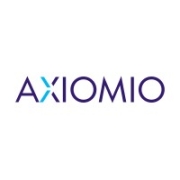




















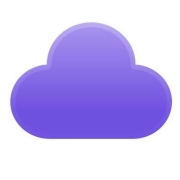

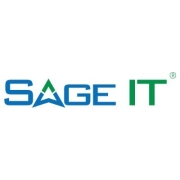




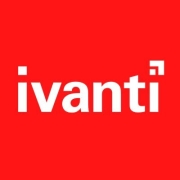





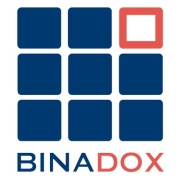
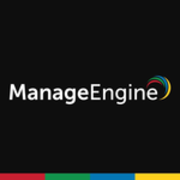


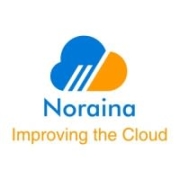

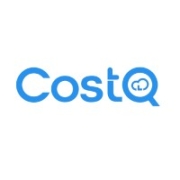







Cloud Cost Management helps you reduce expenses by providing detailed insights into your cloud usage across multiple platforms. It enables you to identify over-provisioned resources, optimize reserved instances, and automate cost-saving actions. By continuously monitoring usage patterns, you'll be able to make informed decisions that align cloud spend with budget constraints.
What tools are available for effective Cloud Cost Management?Various tools like AWS Cost Explorer, Azure Cost Management, Google Cloud's Cost Management suite, and third-party solutions such as CloudCheckr and Spot.io offer comprehensive functionalities. These tools provide visibility into spending, forecast future costs, and suggest optimization strategies tailored to your infrastructure needs.
How does billing transparency improve Cloud Cost Management?Billing transparency ensures you have a clear view of your cloud expenses, which is essential for accurate budgeting and forecasting. It allows you to allocate costs to specific departments or projects, offer insights into spending patterns, and support financial accountability. With transparent billing, you can avoid unexpected costs and ensure resources are efficiently utilized.
What challenges do businesses face in Cloud Cost Management?Businesses often struggle with inadequate visibility into resource usage, complex pricing models, and unpredictable bills. These challenges can lead to overspending or underutilization of cloud resources. To overcome these obstacles, organizations must implement robust governance policies, leverage automation, and continuously monitor and optimize their cloud environments.
Why is real-time monitoring crucial in Cloud Cost Management?Real-time monitoring allows you to track cloud usage and costs as they occur, providing immediate insights into anomalies or deviations from your planned budget. This proactive approach prevents overspending by enabling quick adjustments and informing strategic decisions to optimize resource allocation and effectiveness in cloud investments.